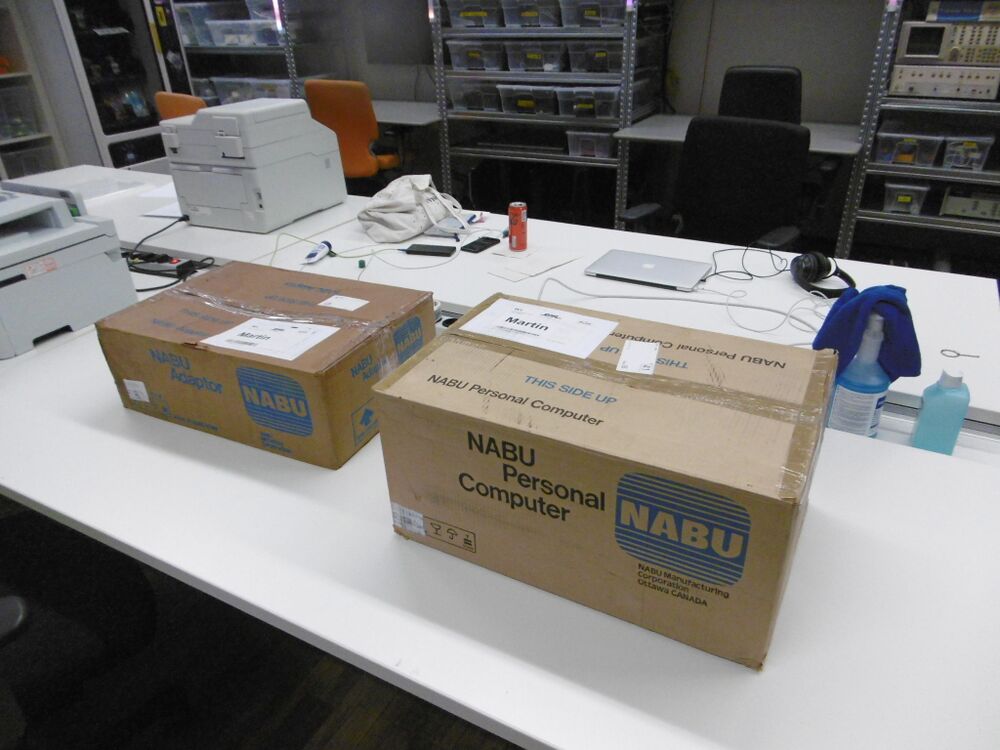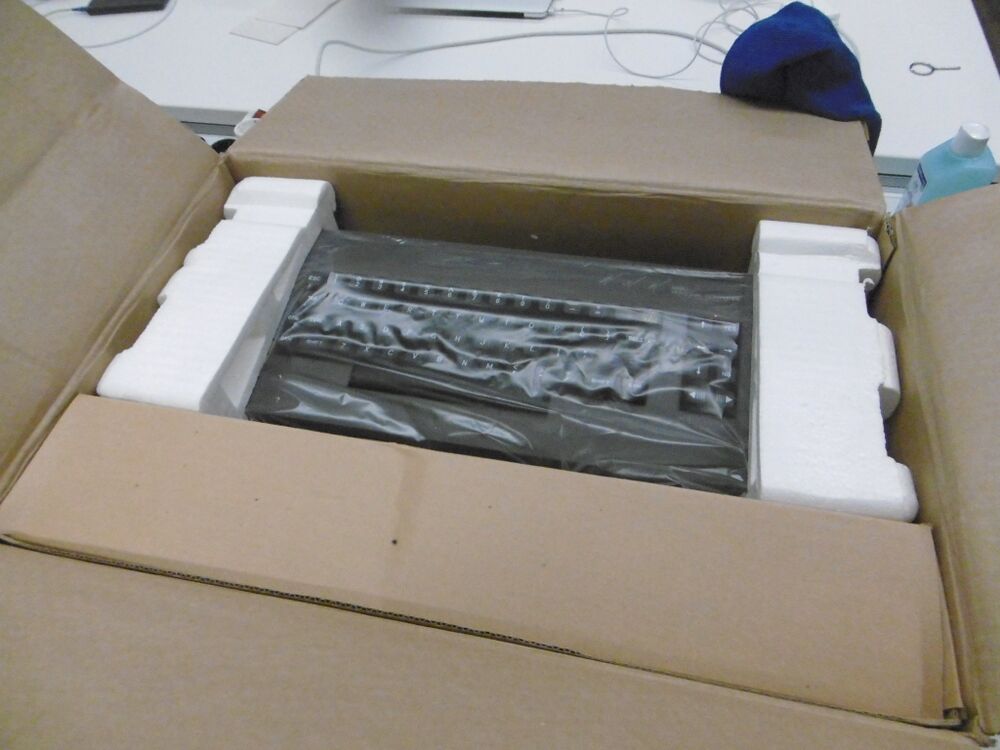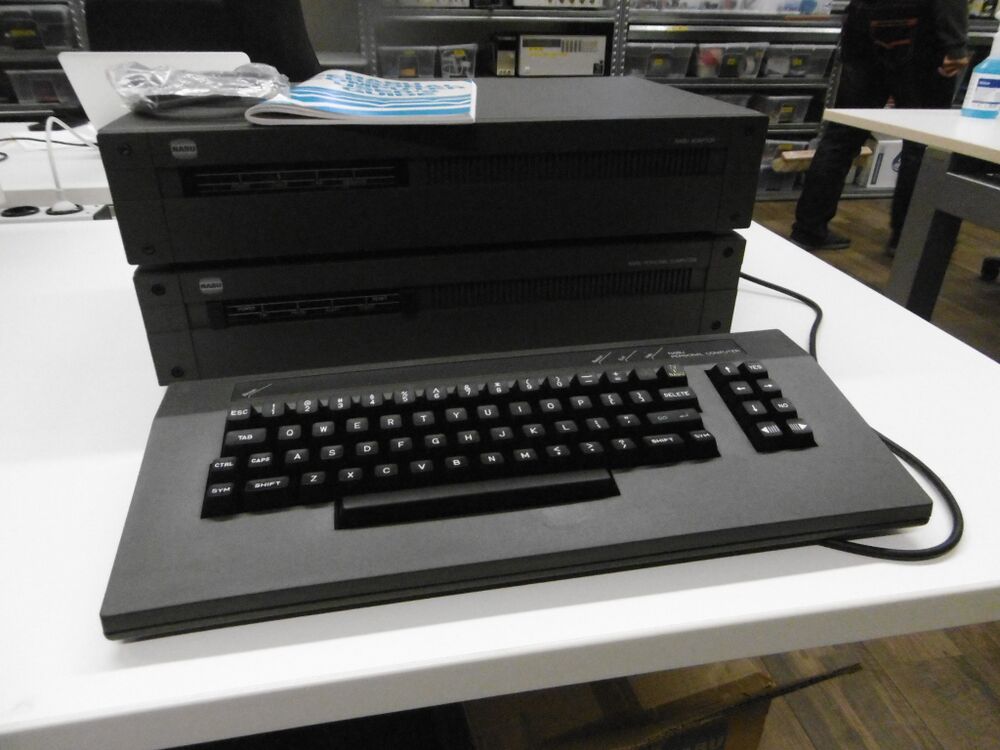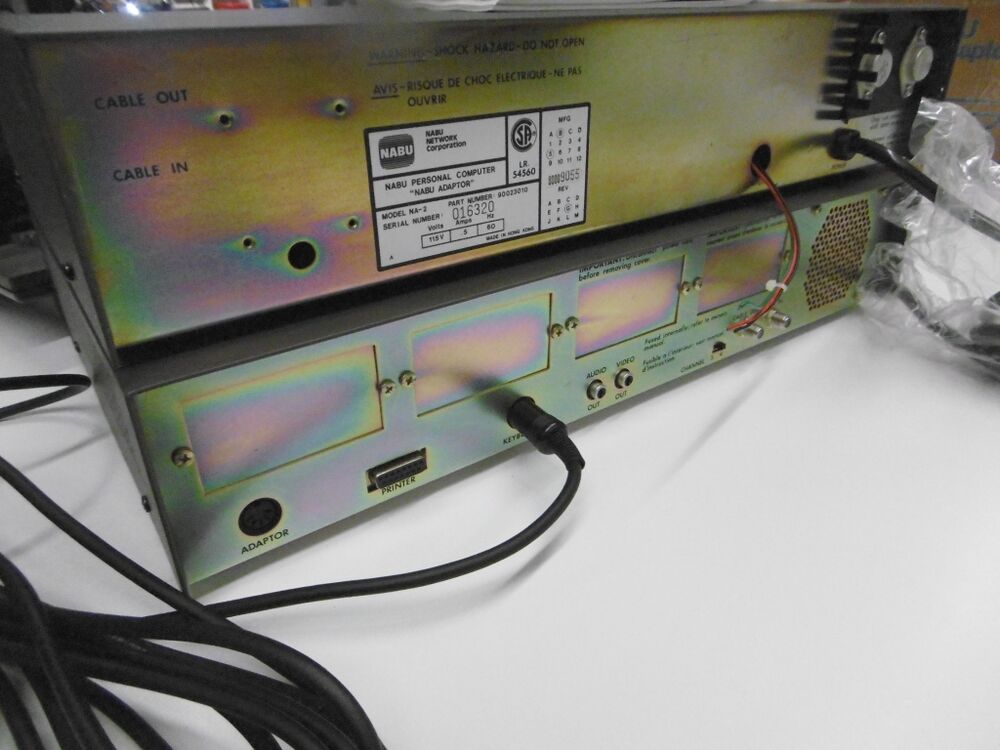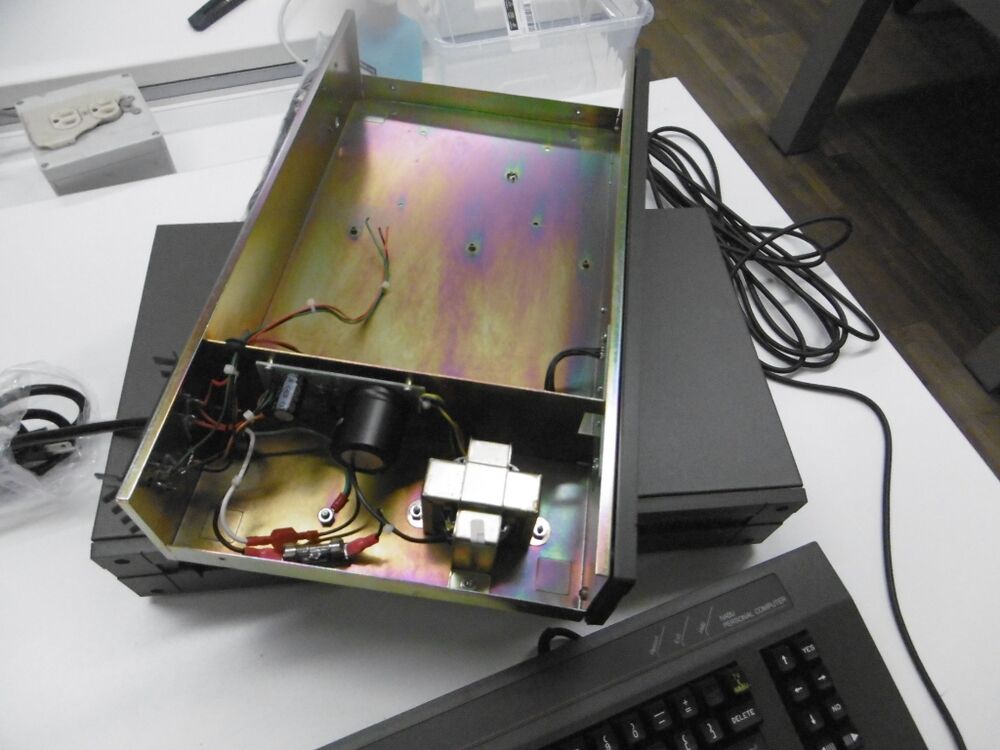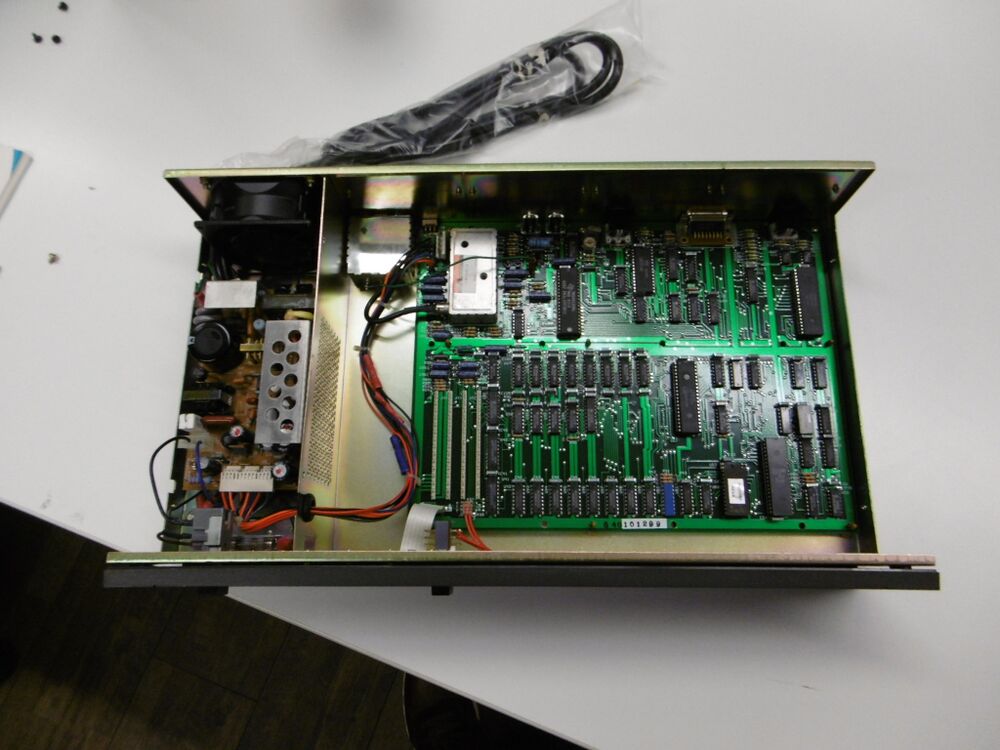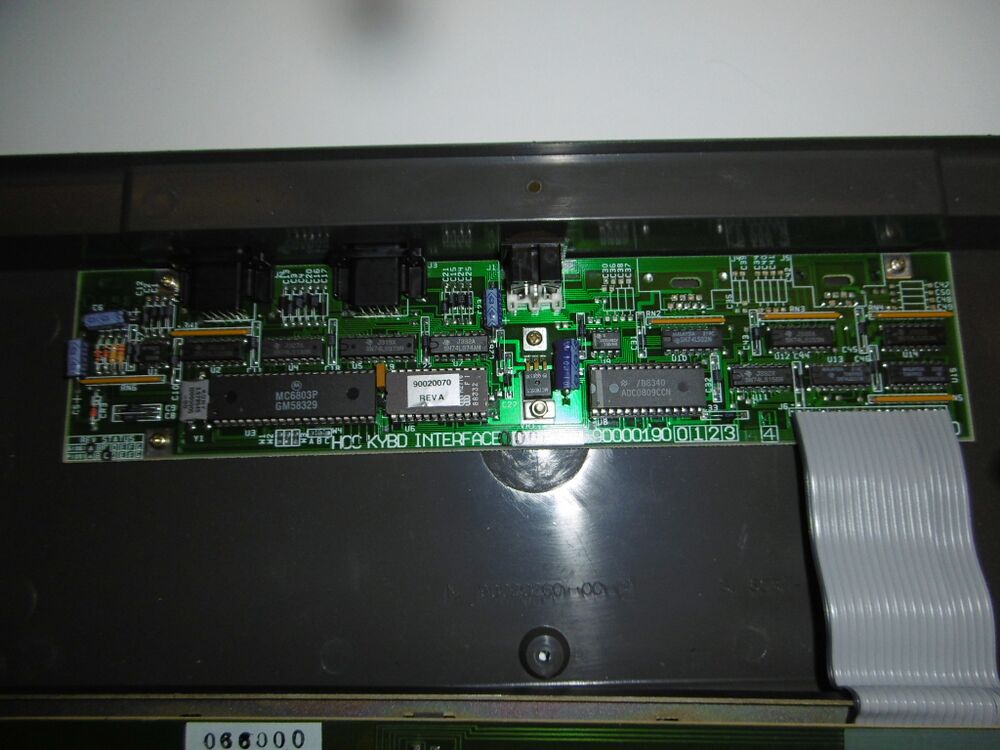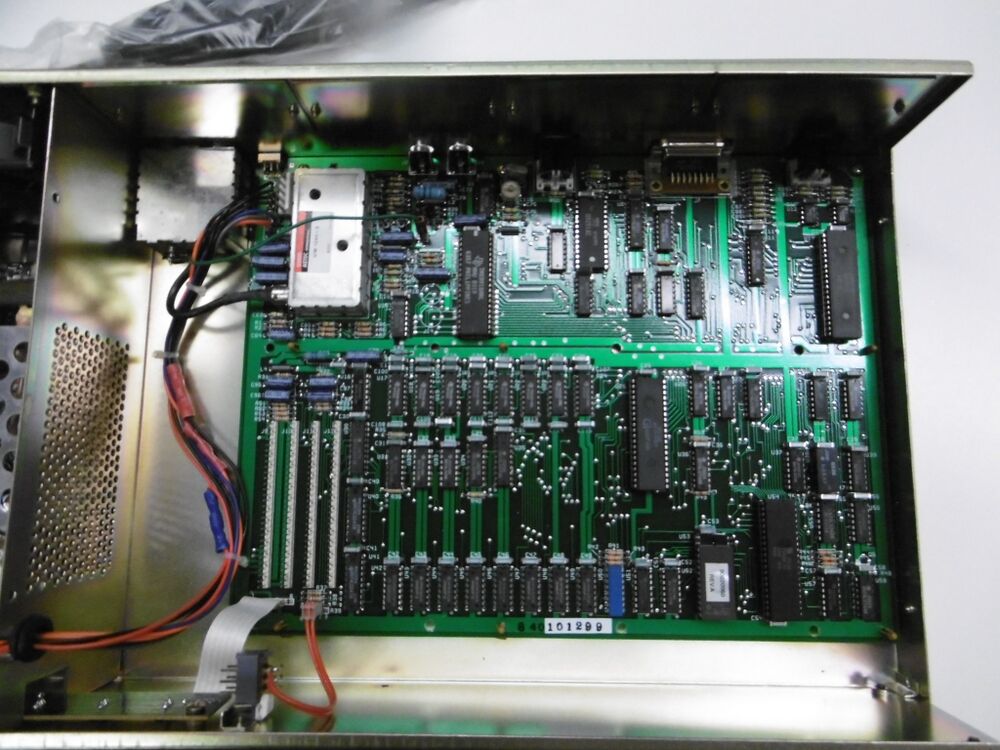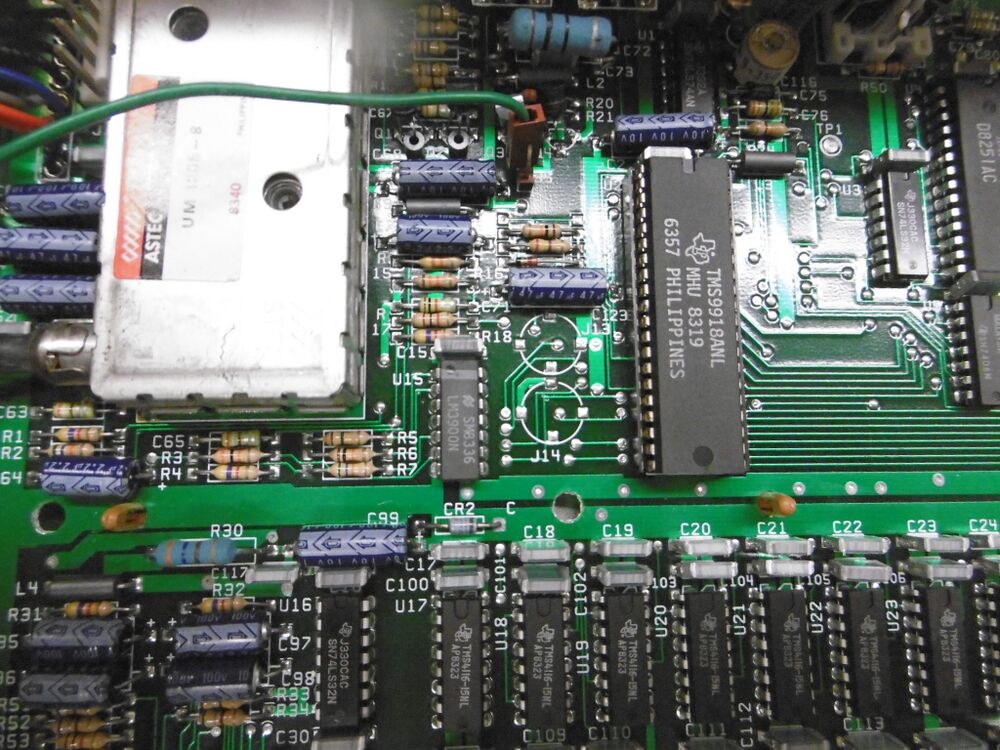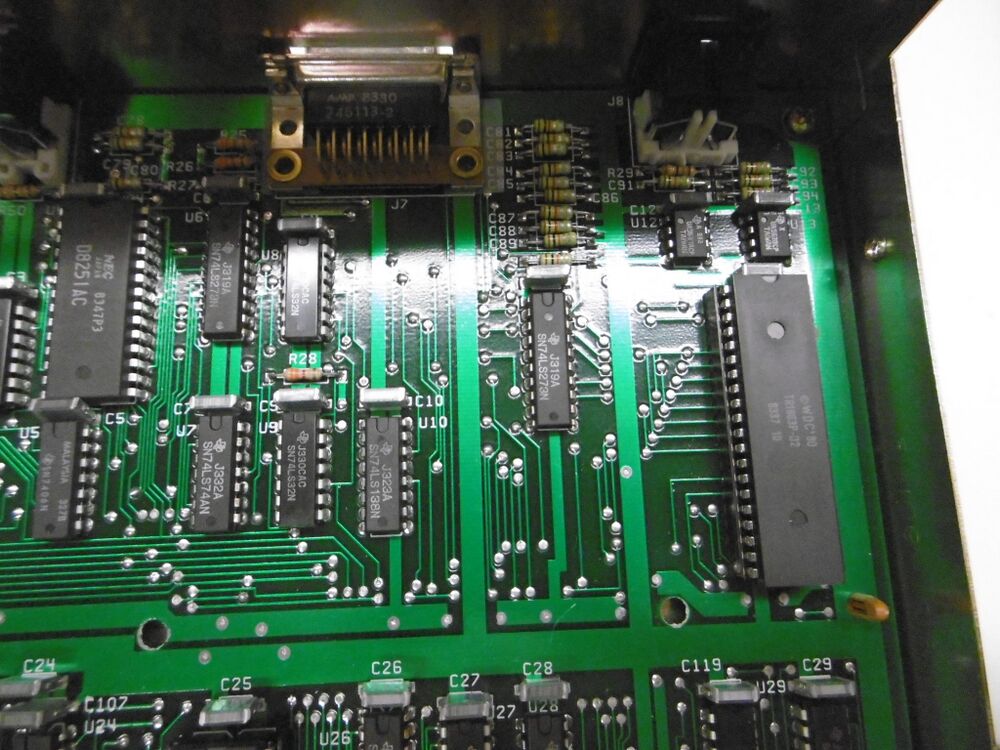Canadian NABU retro computer conversion to VGA out and 220V 50Hz
| Project NABU conversion | |
|---|---|
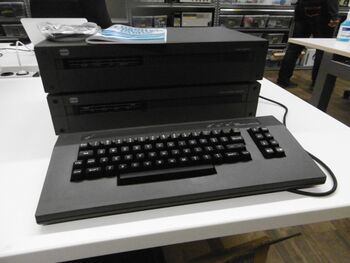
| |
| conversion to Euro version of the NABU PC | |
| Status | Initializing |
| Contact | Mahjongg |
| Last Update | 2023-03-23 |
The NABU Network (Natural Access to Bi-directional Utilities) was an early (1983) home computer system which was linked to a precursor of the World Wide Web, operating over cable TV. It operated from 1982 to 1985, primarily in Ottawa, Canada. Its functionality was then revolutionary, though it was not a commercial success. It has been called "The Internet — 10 years ahead of its time" (even though elements of the history of the internet predate it).
early 2023 an entrepreneur which had bought a stock of one thousand NABU systems after the company had gone bankrupt decided to try to sell this stock, which he had kept for 38 years. And as RETRO collectors discovered this fact, in the US a community quickly establishes itself after a well known retro computer fan and YouTuber Adrian's Digital Basement reported about it https://www.youtube.com/watch?v=HLYjZoShjy0 . another YouTube DJ Sures quickly decided to help to get the NABU functioning again without the Canadian Cable system, his YouTube channel can be found here: https://www.youtube.com/playlist?list=PLNT_tjSHIQ3lGJR_zOqh9gGeHzykR0spq but there are now many people helping out, and re-building their own NABU systems.
This development peaked my interest, and I decided to buy a NABU and accompanying cable set before they were all gone. As I don't have a credit card, or any other means to pay for one, I decided to ask my friends of the national computer games museum in Zoetermeer for help. And immediately one of the technical people (Frans Egmond) reacted to offer his help, and when he discovered what I tried to buy he was hooked too, and wanted one as well. he also told the owner of the museum (Hassan Tasdemir) about the NABU, and he wanted one for the museum. So now there are three NABU owners in the Netherlands, (all NABU buyers are registered in a database) and all of them are from this computer games museum.
The problem in getting a NABU to work in the Netherlands
The NABU is a Canadian system, and that means it is powered with 110 Volt 60 Hz, and has an NTSC composite video output, and neither of these two facts is ideal in the Europe of 2023. So Frans and me decided we would need to adapt the NABU for it to work, firstly we wanted to replace the NABU's power supply and FAN with a 220V 50Hz compatible equivalent.
The NUBU is a Z80 based system that uses a TMS9918A for video, and a AY-3-8910 PSG for sound, and so it has lots of similarities with the MSX computer standard, and several other early home computers and consoles.
The fact the it uses a TMS9918A for the VDP means that just as MSX it can be converted to PAL (and RGB output) by replacing the TMS9918A with a TMS9929A that generated PAL and could also support RGB by using its Y, R-Y and B-Y luminance and colour difference signals to convert to RGB signals.
The NABU is in!
Left the network adapter (project box) right the NABU PC
when you open the box at first you see the keyboard.
So this is how the complete system looks, with the PC below with the network adapter on top, and the keyboard in front. The keyboard has a VERY long cable, multiple meters long.
This is the backside, network adapter on top, PC below.
The network adapter is called a project box by the reseller, and the reason is the the box is completely empty, except for a simple linear regulator, and a few LED's.
Instead the NABU PC is hardly empty! Left the switching power Supply and FAN, and right the mother board. The power supply is of the switching type, and measures 10cm wide, and 15cm deep. the FAN has screw-holes 72mm apart, and is 4cm thick there is 8,8cm height inside.
The keyboard contains an MC6803 CPU which has built in RAM and a small EPROM, but there is also an ADC0809CCN 8-bit A/D converter, probably to support paddles (analog joysticks).
Overview of NABU motherboard
This is a flyover picture of the NABU's main PCB.
top left, the square metal box is the RF switch box, we won't be using anymore, and to the right of it is the RF modulator, we will not need as the NABU also has a composite video output.
Currently it outputs NTSC, (from a RCA connector, the other RCA plus outputs mono audio) but we will change that to PAL, and later also to component video (with a converter box we can convert this to RGB and to VGA.
Details
The top left quart of the PCB is dedicated to the video chip, the TMS9918A NL. The green wire running horizontal over the top controls the RF switch.
Below it is 16K, made from 16K x 1 DRAM chips type TMS4116. This is the video RAM that the TMS9918A NL uses, it is not part of the Z80 memory map but a dedicated 16K only for the video generation. It was first used in the Texas Instruments TI99/4 home computer, but there this ram was used as a complement for the very tiny 16-bit main RAM, on the NABU the Z80 has its own 64K byte of RAM.
To the right (the top right quart) are chips dedicated to various serial interfaces.
The D8251 is a Programmable Communications Interface made by iNTEL (and AMD) it is a somewhat simpler UART than the more commonly used 16550 UART found in PC's, that had build in cacheThe 8251 is commonly used for modems, but in this case it communicates with the keyboard.
